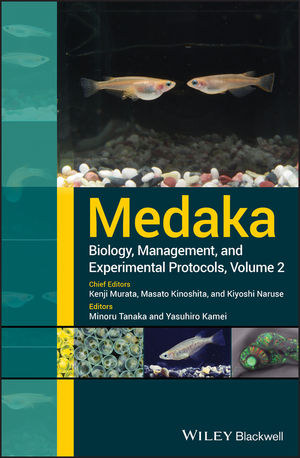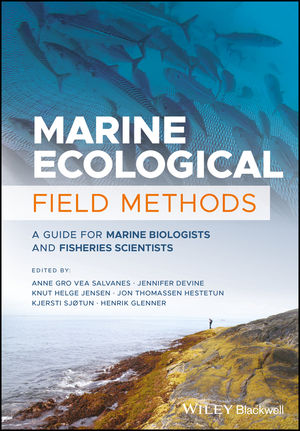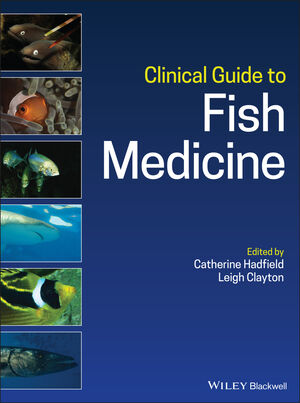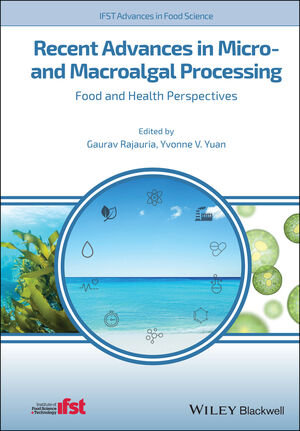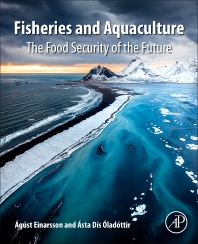
News & Views
Genetics
Research
Copepod eggs stored at 4ºC produces high hatching rates
June 14, 2022 By Ruby Gonzalez
Methods of culturing copepods got a boost from a study, which looked into hatching rates of eggs produced by aquaculture and stored at low temperatures with various levels of salinity.
“Our findings will improve methods of culturing copepods, which are early prey for fish larvae during farming, and we believe that they also have potential applications in various fields. Egg quality deteriorates when stored for long periods and problems might arise if such eggs are used as live feed. Storage conditions should be investigated to improve the quality of stored eggs and for the application of using copepods in aquaculture,” cited authors Seo Yeol Choi et al., who are affiliated with the Chonnam National University in South Korea.
The study demonstrated that A. sinjiensis eggs can be stored at 4 ± 1°C for up to 180 days and that artificially cold-induced quiescent eggs are viable. Most A. sinjiensis eggs stored at 4 ± 1°C hatched within 120 h.
It was observed that A. sinjiensis eggs hatched under a relatively wide range of salinities and the hatching success rate of the eggs decreased with an increase in the cold storage period.
Possessing a high nutrient content and easily consumed by fish, A. sinjiensis has been identified as potential useful food for wild and farmed fish larvae.
Supply is not a problem since copepod is known to have a very good reproduction rate. While egg production does not change with population density, but more eggs survive when density is low.
While cold storage presents a solution, it also has downsides. It was explained that “eggs eventually can die from embryo consumption of deposited nutrients, and the developmental stages of nauplii that hatch after being stored for long periods can be negatively affected due to a lack of nutrients.”
The team assessed the optimal temperature, salinity and length of storage for A. sinjiensis eggs to determine their suitability as early food for farmed fish in East Asia.
The highest average rate of eggs that hatched after storage at 4 ± 1°C occurred after the five-day storage period and was 62.6 per cent ± 21.5 per cent.
A. sinjiensis eggs used in the study were collected from adults captured from the wild in the waters of Gamak Bay, South Korea.
The study, “Effects of cold storage and salinity on Acartia sinjiensis (Copepoda: Calanoida) egg hatching,” was published in Aquaculture Research.
Print this page
Advertisement
- Landeldi and Benchmark Genetics extend cooperation
- Improved fish health and profits by using Streptococcosis resistant tilapia: study
